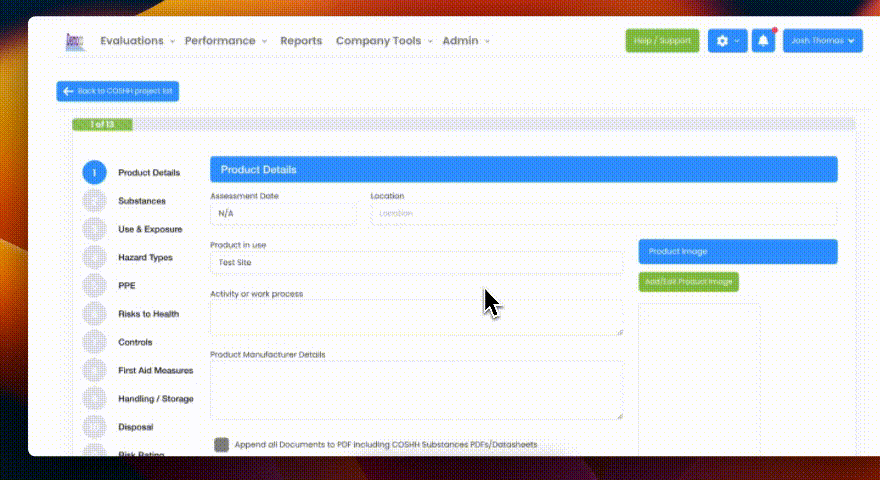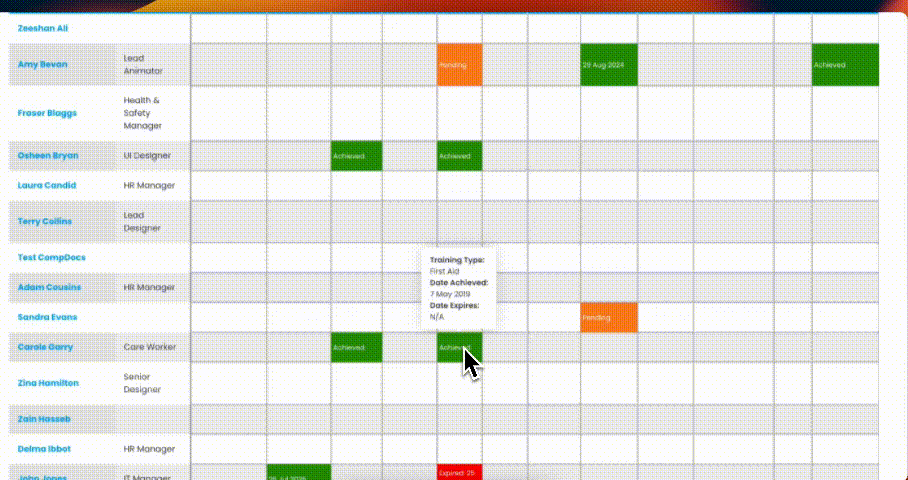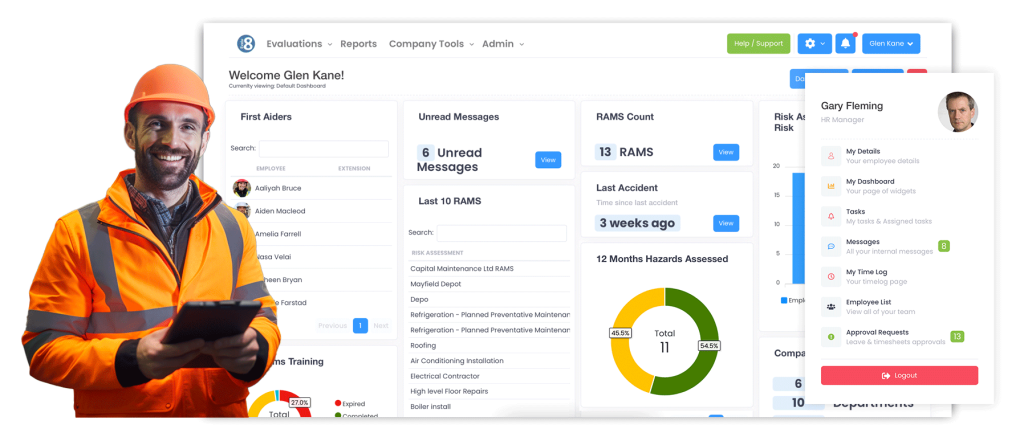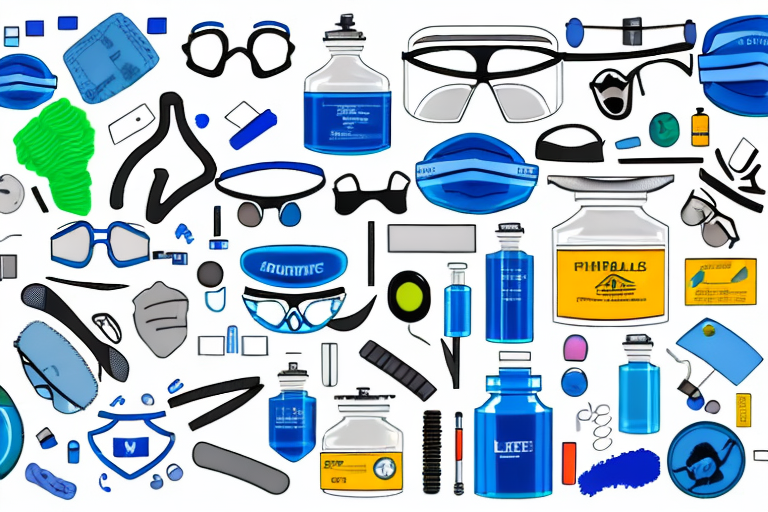The Control of Substances Hazardous to Health (COSHH) is a fundamental aspect of maintaining health and safety in the workplace. This regulation requires employers to control substances that are hazardous to health and provide clear instructions for their safe handling.
Safe Handling Procedures
Safe handling procedures are a critical component of COSHH. They provide clear instructions on how to handle hazardous substances safely, reducing the risk of exposure and harm to health. These procedures cover everything from the correct use of personal protective equipment (PPE) to the safe storage and disposal of hazardous substances.
It’s important to note that safe handling procedures should be tailored to the specific hazards and risks in your workplace. What works in one setting may not be appropriate in another. Therefore, it’s crucial to conduct a thorough risk assessment and consult with employees to develop effective and practical safe handling procedures.
Use of Personal Protective Equipment (PPE)
Personal protective equipment (PPE) is a key part of safe handling procedures. PPE includes items like gloves, masks, goggles, and protective clothing that are designed to protect the wearer from exposure to hazardous substances.
It’s important to remember that PPE should be used as a last resort, when other control measures are not sufficient to reduce the risk. PPE should be suitable for the task and the wearer, and it should be properly maintained and replaced when necessary. Employees should also be trained on how to use PPE correctly.

Creating and managing COSHH is made so much easier with Evalu-8 EHS
Safe Storage and Disposal
Safe storage and disposal of hazardous substances is another critical aspect of safe handling procedures. Hazardous substances should be stored in suitable containers, in a secure area that is clearly marked with appropriate hazard symbols.
Disposal of hazardous substances should be carried out in accordance with local regulations and guidelines. This may involve using a licensed waste disposal contractor. It’s important to keep records of any hazardous waste that is disposed of, including details of the waste, how it was disposed of, and who carried out the disposal.
Training and Information
Training and information are key elements of COSHH. Employers are required to provide employees with sufficient information, instruction and training to enable them to work safely with hazardous substances.
Training should cover the nature of the hazards, the risks they pose, the control measures in place, and the results of any exposure monitoring or health surveillance. It should also cover emergency procedures. Training should be repeated regularly and whenever there are significant changes in the work or the control measures.
Information on Hazardous Substances
Information on hazardous substances should be readily available to all employees. This can be provided in the form of safety data sheets (SDSs), which contain detailed information about the substance, including its hazards, how to handle it safely, and what to do in an emergency.
SDSs should be kept up to date and easily accessible. Employees should be trained on how to read and understand SDSs. They should also be encouraged to consult the SDSs whenever they are unsure about how to handle a substance safely.
Training Programs
Training programs are a key part of COSHH compliance. These programs should be tailored to the specific needs of the workplace and the employees. They should cover all aspects of COSHH, including risk assessments, control measures, safe handling procedures, and emergency procedures.
Training should be delivered by a competent person, and it should be interactive and engaging to ensure that employees understand and retain the information. Training should be repeated regularly and whenever there are significant changes in the work or the control measures.

Easily track and manage training with Evalu-8 EHS
See A Quick Demo Of Evalu-8 EHS COSHH Now
Monitoring and Health Surveillance
Monitoring and health surveillance are important aspects of COSHH. They help to ensure that control measures are effective and that employees’ health is not being harmed by exposure to hazardous substances.
Monitoring involves measuring the concentration of a hazardous substance in the air to check that it is below the workplace exposure limit (WEL). Health surveillance involves monitoring the health of employees who are exposed to certain hazardous substances. This may involve regular health checks, skin checks, lung function tests, or biological monitoring.
Workplace Exposure Limits (WELs)
Workplace exposure limits (WELs) are set by the HSE and represent the maximum concentration of a hazardous substance in the air that is considered safe. Employers are required to ensure that exposure to hazardous substances is below the WEL.
Monitoring the concentration of hazardous substances in the air is an important part of ensuring compliance with WELs. This should be carried out by a competent person using suitable equipment. The results of monitoring should be recorded and kept for at least five years.
Health Surveillance Programs
Health surveillance programs are required for employees who are exposed to certain hazardous substances. These programs involve regular health checks to detect early signs of ill health caused by exposure to hazardous substances.
Health surveillance should be carried out by a competent person, such as an occupational health professional. The results of health surveillance should be recorded and kept for at least 40 years. Employees should be informed of the results of their health surveillance and what they mean for their health.
Emergency Procedures
Emergency procedures are a crucial part of COSHH. They provide clear instructions on what to do in the event of an incident involving a hazardous substance, such as a spill, leak, or fire.
Understanding COSHH and implementing safe handling procedures is crucial for maintaining health and safety in the workplace. This involves understanding the hazards, assessing the risks, implementing control measures, providing training and information, monitoring exposure and health, and having effective emergency procedures in place.
By following the guidelines and procedures outlined in this glossary, you can ensure that you are complying with COSHH regulations and protecting your employees from the risks associated with hazardous substances. Remember, health and safety is everyone’s responsibility, and everyone has a role to play in maintaining a safe and healthy workplace.
See the quick demo now
Before we show you the quick demo, we need to make sure you are a real person.
“It has brought all of our health and safety under one roof and made it easy for me to see all the data”




